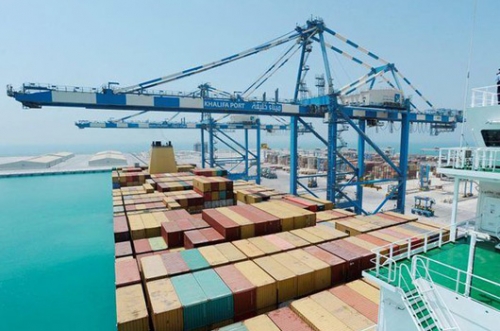Gulf economies set for steep contractions this year before rebounding
Dubai | Reuters
The Daily Tribune - www.newsofbahrain.com
The six-member Gulf Cooperation Council faces a steep economic contraction this year before partially rebounding in 2021, with most countries facing sharper declines than previously estimated, a quarterly Reuters poll showed.
Analysts maintained their view that the region’s heavy dependence on hydrocarbons left it particularly hard-hit by the coronavirus crisis because of its effect on oil demand and prices.
New lockdown measures as infections continue to soar in the United States, Europe and elsewhere, could exacerbate already depressed economic activity.
Saudi Arabia, the region’s largest economy, is expected to face a GDP contraction of 5.1% this year and rebound to 3.1% growth next year and 2.7% growth in 2022. A poll conducted three months ago saw the world’s largest oil exporter contracting 5.2% in 2020.
“The region is now facing tough policy choices. Fiscal support is still needed to fight persistent and rising infections, already showing up in Europe and the U.S.,” noted analysts at NBK.
“But from a medium-term perspective, governments should aim to achieve fiscal and external sector sustainability in the likely scenario of low oil prices.”
The United Arab Emirates, which has seen a surge in new COVID-19 cases in the past month or so, is expected to see GDP decline 6.0% this year, grow 2.7% next year and expand 3.8% in 2022. In July, analysts expected a 5.1% decline in 2020 and 2.6% growth in 2021.
“The UAE economy will suffer a deeper contraction this year than we anticipated in May,” the Institute of International Finance said in a research note.
“Dubai’s economy may contract by at least 8%, more than Abu Dhabi, as its large exposure to tourism, aviation, and other services makes it more vulnerable to the effects of the pandemic,” the IIF said, adding that output declined 9% in the first half of the year and employment dropped by 10%.
Median forecasts for Kuwait expected a 6.3% contraction this year, 2.6% growth next year, and 3.3% growth in 2022. Three months ago it was seen shrinking 6.1% in 2020 and expanding 2.5% in 2021.
Qatar’s forecast for this year was unchanged at a 4.0% contraction, while expectations for growth next year improved to 3.0% from 2.8% and it was seen expanding 3.4% in 2022.
Oman and Bahrain’s forecasts were weaker, seen shrinking 4.9% and 4.8% this year respectively from contractions of 4.7% and 4.4% seen in July. Oman is expected to grow 2.5% next year, versus a July estimate of 3.0%, and 2.7% in 2022. Bahrain’s 2.6% growth forecast for 2021 was unchanged and it was expected to grow by 2.1% in 2022.
“Things are looking less favourable, particularly for leisure and tourism,” Maya Senussi, senior economist at Oxford Economics, said on Oman.
“Non-residents are still barred from visiting as we head into the peak season,” she said, adding analysts generally have a clearer view of how the dual shock has influenced activity.
Related Posts

